Latest Posts
Micron that has more than 25 years of experience in automotive field will launch the first ITB automotive and industrial PCle NVMe flash in the second half of 2019
In recent years, auto driving has set off a new wave of technological change in the automotive industry. The IHS survey suggests that automatic vehicles will grow at a rate of 63% between 2020 and 2040. It can be conceivable that the resulting large amount of data will continue to generate more demand for automotive storage solutions.
Liu Qun, engineering director of Micron embedded products division, said, “Storage market was $38 billion in the PC and Internet era (2000-2007), while it reached $62 billion in the mobile era (2008-2016). What’s more, storage market reached $128 billion in the data economy era of 2017. In the future, the storage market opportunities are limitless. According to many market statistics, there are 62 trillion GB of data to be generated annually by 2021. Compared with the field of data center, mobile and Internet of Things, demand for auto driving will grow rapidly. The three most obvious demands for users are networking, advanced driver assistance system (ADAS) in automatic vehicles, and configurable virtual cockpit.”
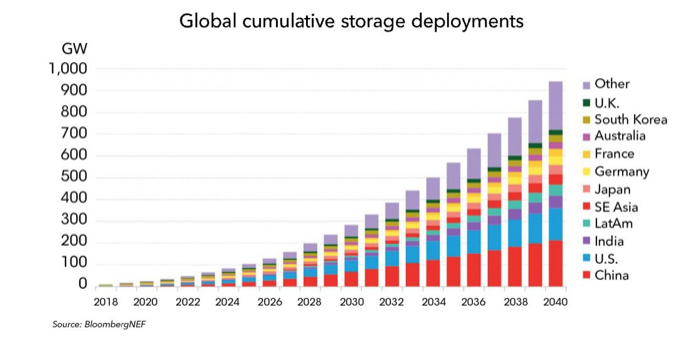
Of course, it is undeniable that the development of auto driving and vehicle networking, especially auto driving, not only stimulates storage demand, promoting market growth, but also brings higher requirements to automotive storage products and technology, when auto driving redefines the storage requirements. Therefore, storage solution suppliers are facing new challenges in terms of storage capacity, speed, security and so on.
The demand for storage capacity of autopilot is soaring. As we all know, auto driving levels are divided into: L1 driver assistance, L2 partial automation, L3 conditional automation and L5 full automation. However, different levels of auto driving require different DRAM memory. According to Liu Qun, L1/2 needs 8GB DRAM memory, while L3 requires 16GB. In addition, L5 needs close to 74GB. Surprisingly, L5 full automation will require 1TB NAND by 2025.
In addition to storage capacity, bandwidth for auto driving needs to be further enhanced. Storage density involves the change of both capacity and speed. Liu Qun said, “L1, L2 and L3 uses eMMC, while L3 and L4 needs UFS or PCle. Technical requirements are significantly improved with the development of auto driving levels. UFS and PCle are high-speed-serial storage products. From the perspective of technical design, high speed requires data lines to be serial in the system, which will bring a lot of challenge. UFS and PCle can reduce the requirement of customer system design through more complex logic management module, but achieve faster and higher bandwidth, increasing the speed from megabit to gigabit.
It is worth mentioning that PCle can continue to expand in the future to meet the needs of L5 auto driving. The competitive advantage of PCle is to provide twice the performance with lower energy consumption. eMMC continuity can reach 120-320 megabits per second and UFS can reach 100 megabits above, but PCIe can reach gigabits level. More than this, by comparing the energy consumption of 1GB capacity in reading and writing, PCIe is very low under the same capacity.
As we all know, Micron has more than 25 years of experience in automotive field, and has a number of solutions before, such as the fastest low-power DDR4 and the fourth generation of automotive storage for information entertainment and dashboard, etc. Besides, it has also taken the lead in introducing the automotive-grade GDDR6.

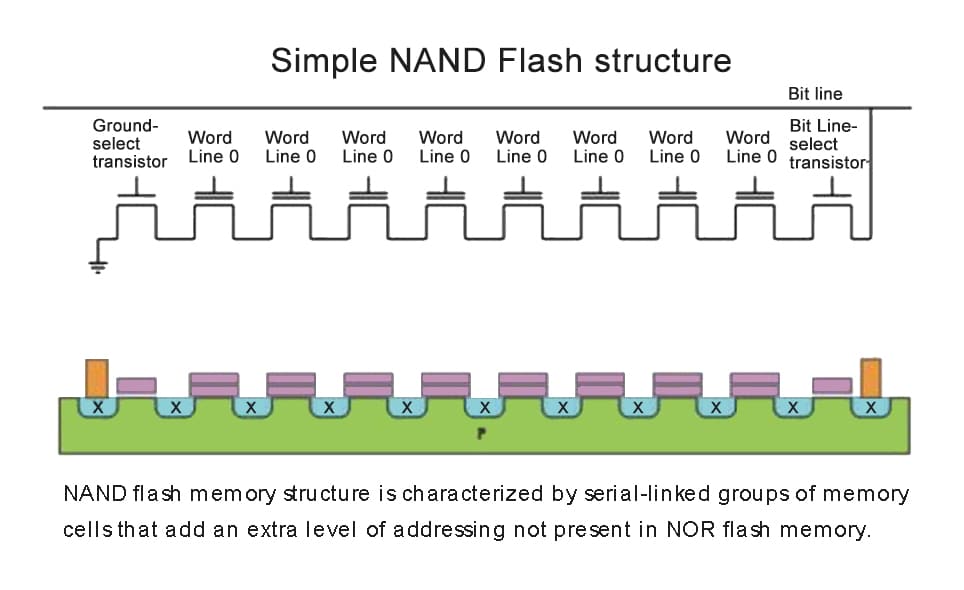
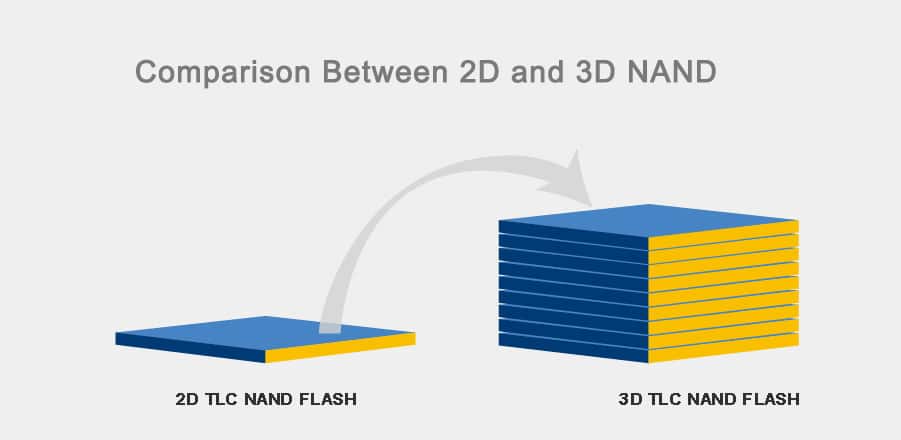
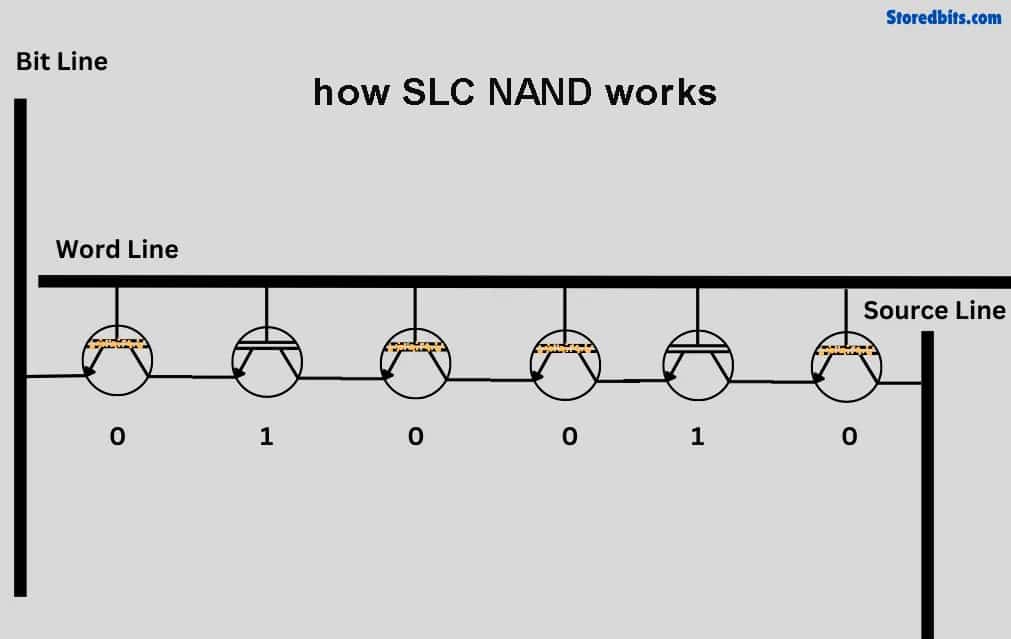
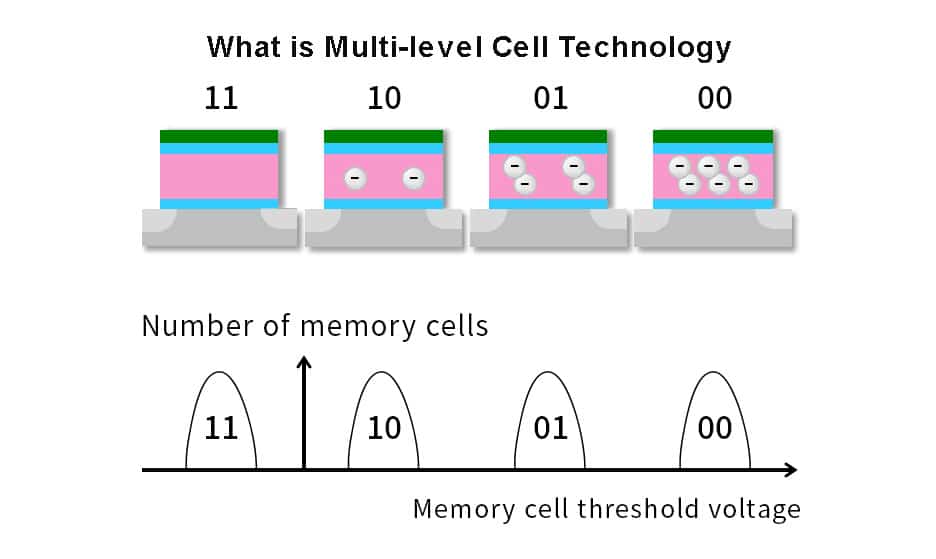
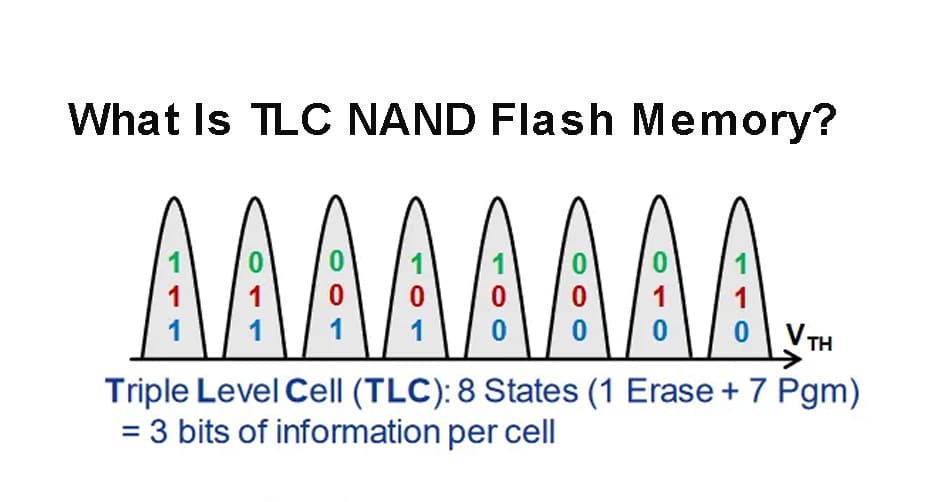
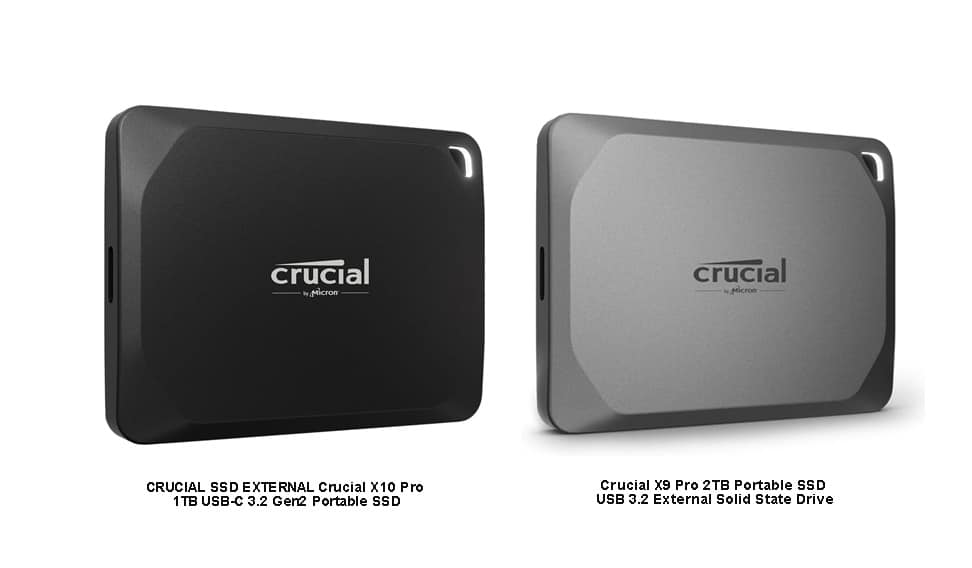
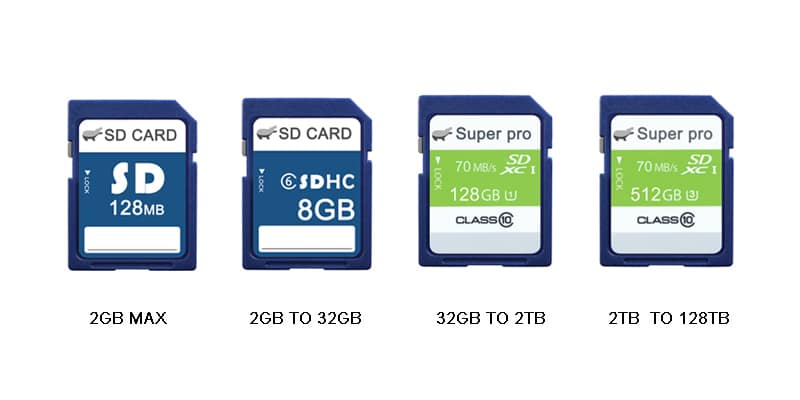
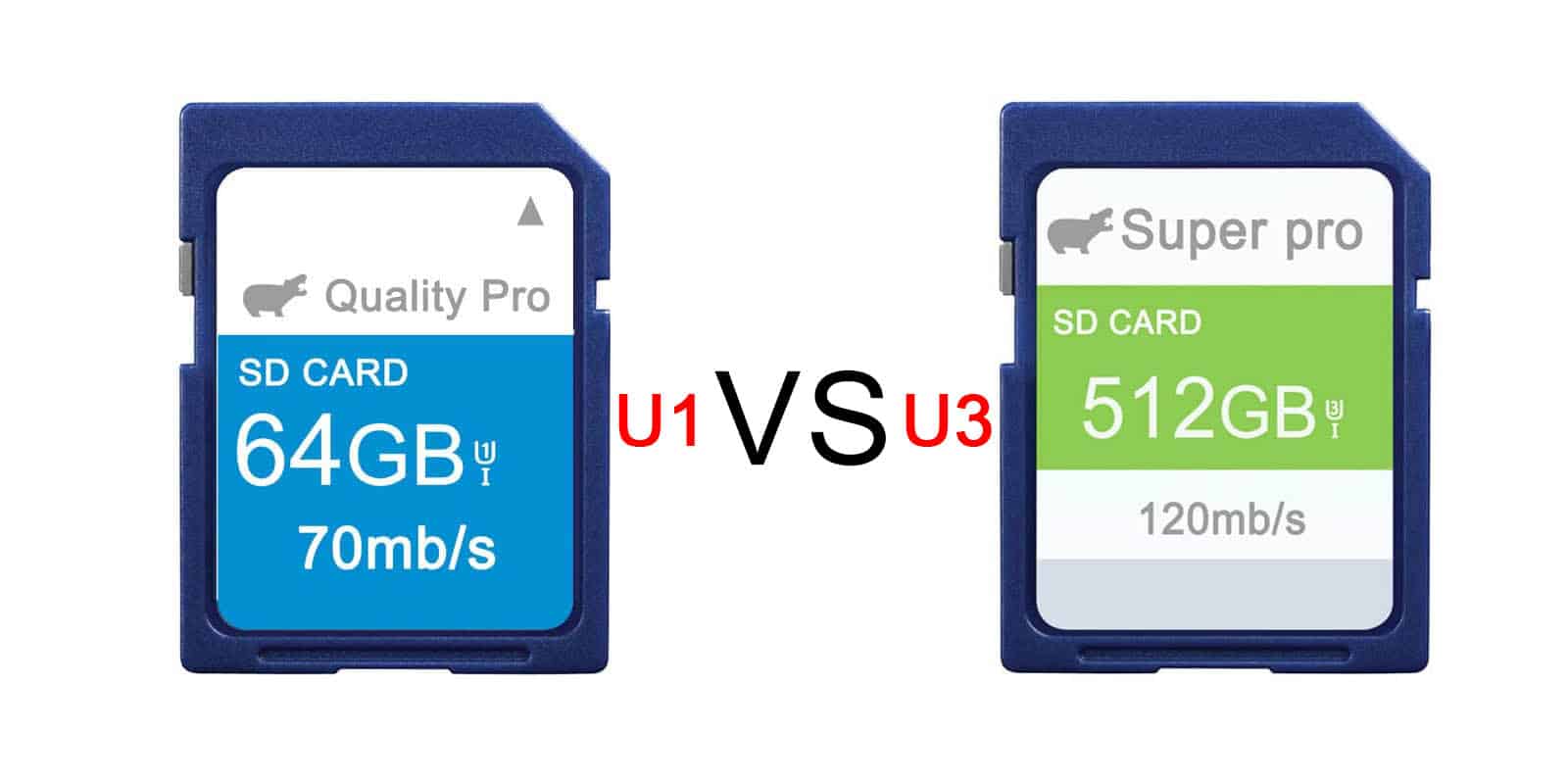
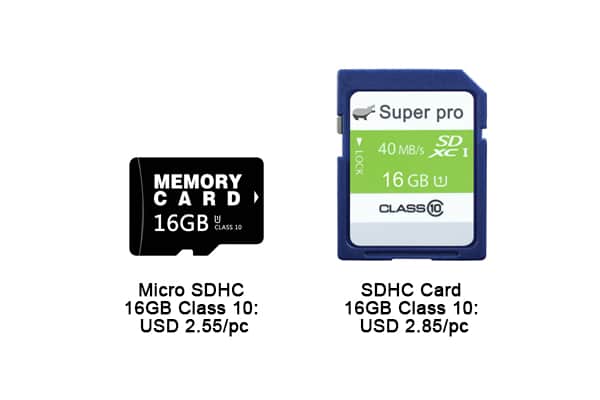
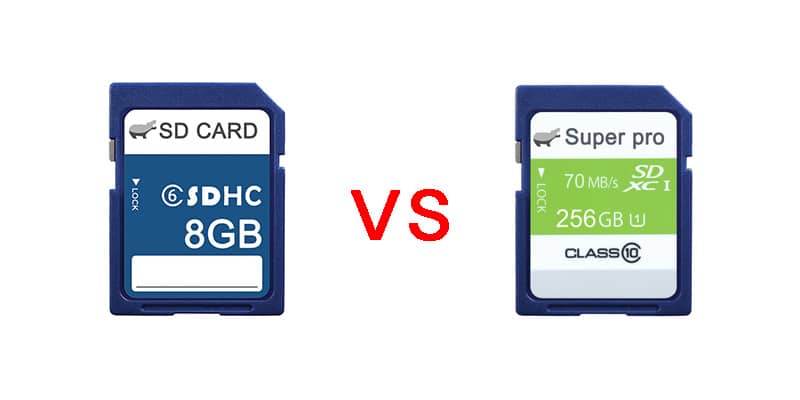
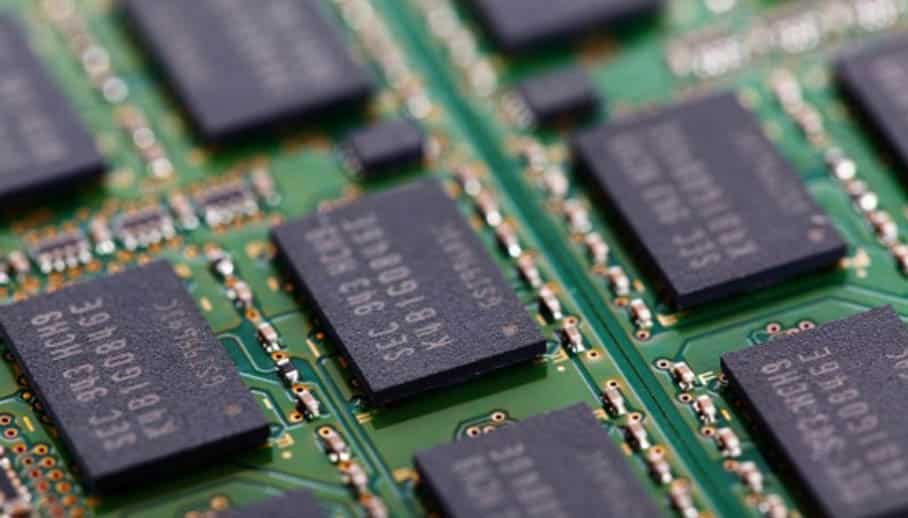
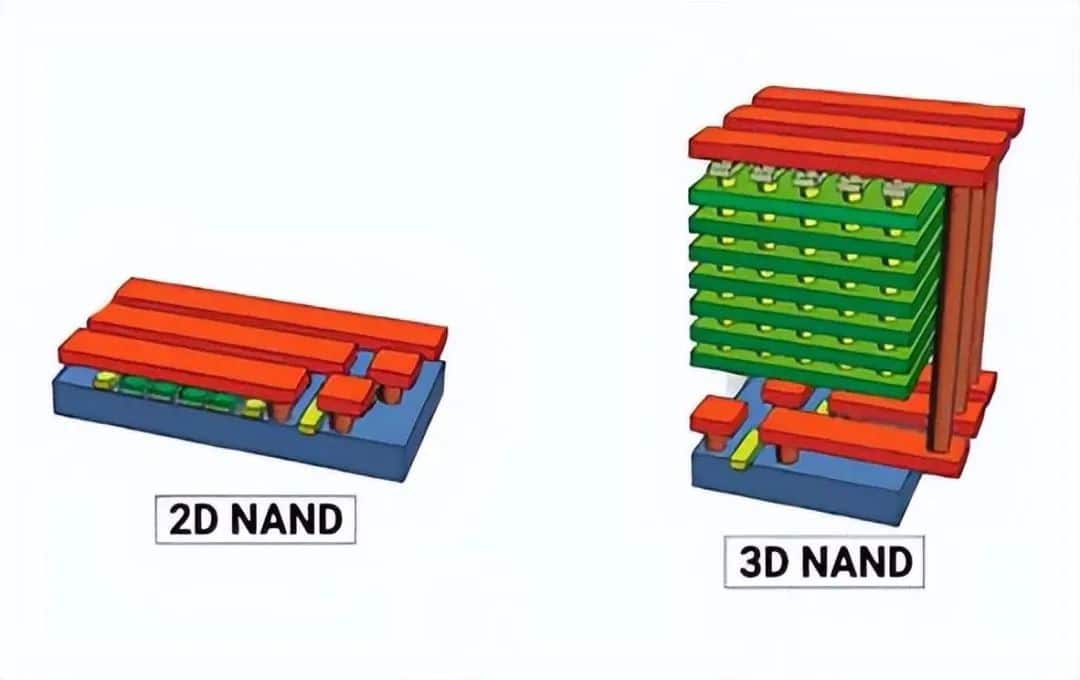
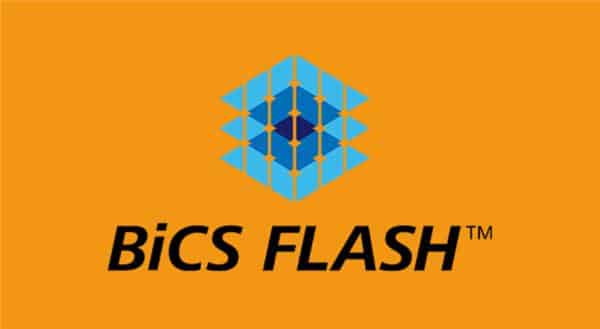
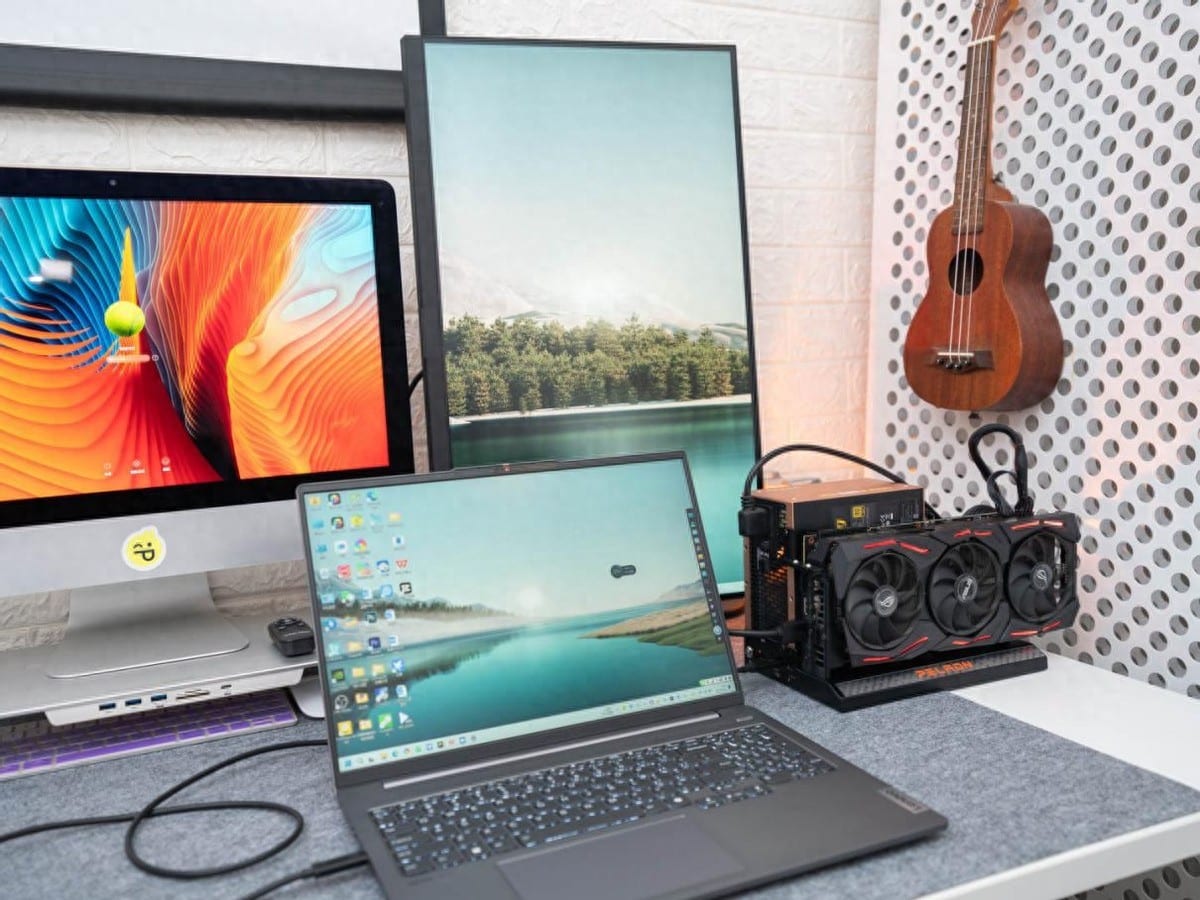
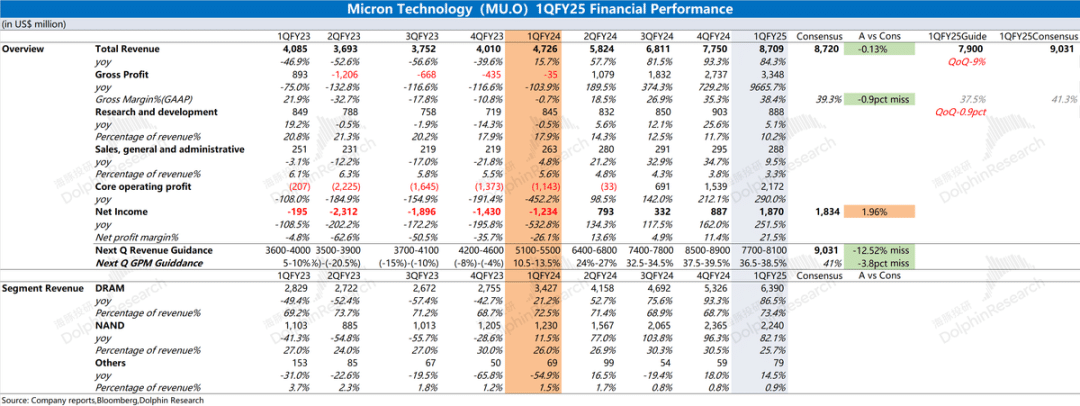
Leave a comment